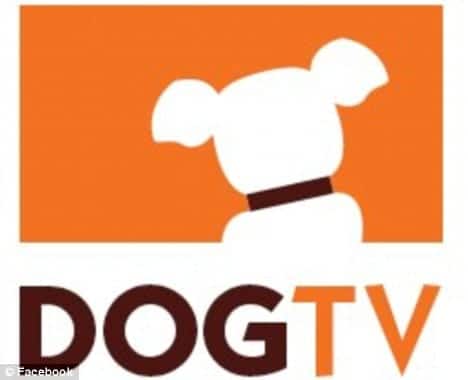Even with the many innovations in television over the past five years – H.D., streaming, interactivity- an upcoming and bizarre invention known as Dog TV may be the most out-of-the-box development for the tube yet. Dog TV boasts that it will be the first cable network made exclusively (and scientifically) for man’s best friend.
Originally launched in February on local networks in San Diego, Dog TV was pushed mostly as a cure for canines with separation anxiety. With the backing of certified veterinarians and canine experts, Dog TV uses a series of techniques to make mentally and emotionally stimulating programs for dogs to watch while their masters are away.
“For years, pet owners have been leaving a television or radio on when they go out so their pets have company,” said Dr. Nick Dodman, director of the Animal Behavior Clinic at TuftsUniversity. “However, with analog television, dogs could only see a flickering screen. Dog TV uses HD screens in order to allow dogs to see the picture more clearly.”
Alterations have also made to color and sound of the programs to make them more accessible to dogs. “Dogs can see blue and yellow, but not red or green,” Dobman said, “so colors are altered for Dog TV, too. Also, because high frequency sounds can be very irritating to dogs, they’ve been removed, and music is written and tailored for their hearing.”
According to Dog TV’s website and press releases, the channel’s programs will be divided into three categories: Relaxation will reduce stress levels with calming music, sounds, and visuals; Stimulation will use footage of other animals and fast moving objects in order to stave off lethargic behavior; and Exposure “uses special sounds and visuals to help habituate the dog and make them more comfortable in their environment, by exposing them to different day-to-day stimuli.”
While the channel’s backer, P.T.V. Media, boasts the testimonials of several veterinary experts stating that Dog TV will help improve the lives of dogs across the country, some skeptics remain.
“I think a lot of this is to make us feel better as opposed to making the pet happier,” said Dr. Ann E. Hohenhaus, a veterinarian currently practicing in Manhattan. “Your pet needs adequate exercise and an interesting environment. You cannot just put on the TV and hope your dog is going to get better.”
Despite these objections, the projections for the channel’s success remain positive. After launching an online version in early April, the creators hope to start an add-free, paid cable channel internationally come late 2012 or early 2013.
As the Daily Mail stated, “If you figure more than 46 million U.S. households have dogs and 97% of U.S. homes have televisions, the future looks promising.”


Leave a Reply